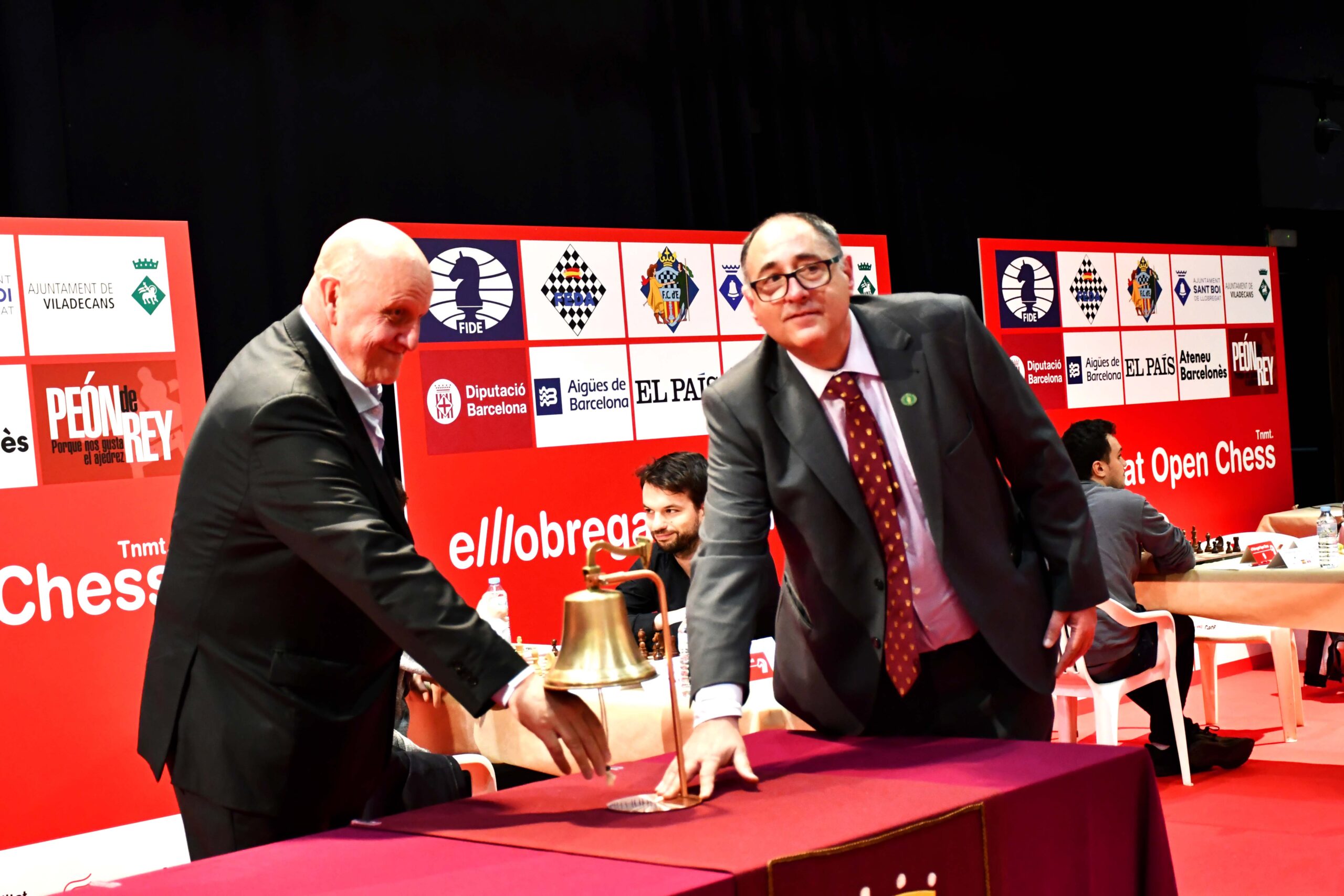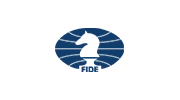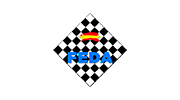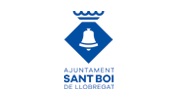The fifth round of the IV El Llobregat Open Chess Tournament has had as guest of honor the renowned journalist Leontxo García, who delighted us in the morning with a conference in which he showed the link between chess and the advances in artificial intelligence. Leontxo has honored us by ringing the bell.
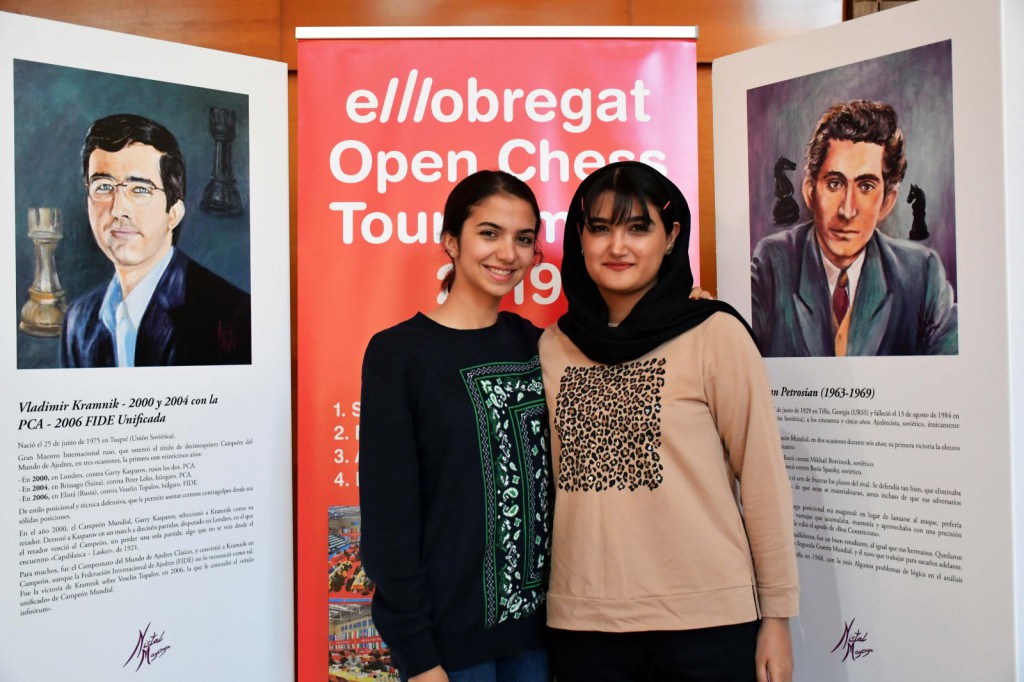
Iranian teachers Sara Khadem and Mobina Alinasab. Photo: Patricia Claros Aguilar (@Patriciaajedrez).
In sporting terms, we have passed the halfway point and the chess players in better shape are beginning to take positions at the top. On the first board, Spain’s Yuffa and India’s Narayanan made a draw, which Chithambaram Aravindh, also from India, took advantage of to take the lead with a solid 5 out of 5. One of the great beneficiaries of the results of the round was Paco Vallejo, who won with the black pieces against the German Tobias Koelle and will play tomorrow on table 3. In group B, there were draws on the first three boards, so there are no substantial changes in a classification led by Robin Coles and Javokhir Bozorov, both with 4.5 p.
THE CHAIR: APPROACH
We propose you to join us with the following exercise, extracted from the game played by IM Tobias Koelle and GM Paco Vallejo. The German has just played Ce5, what would you do with the black pieces? Why? At the end of this chronicle you will have the solution.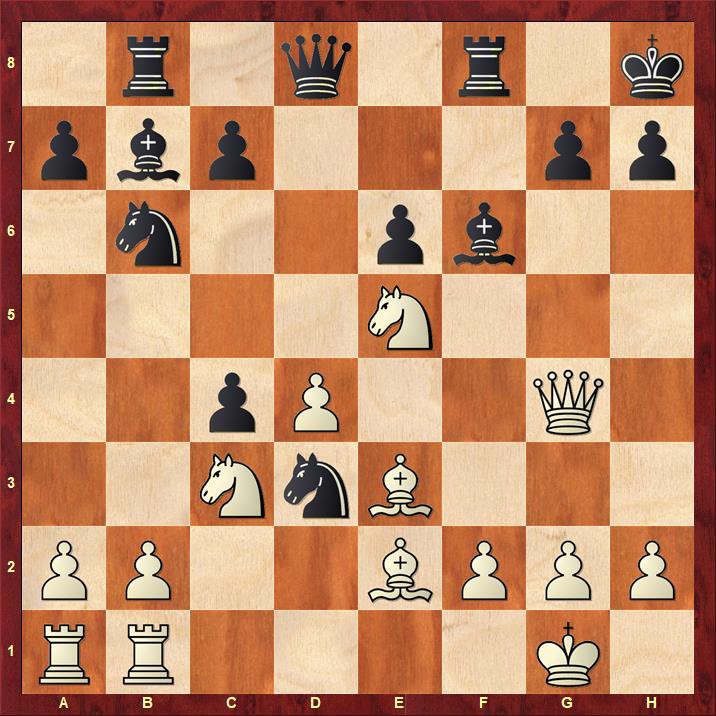
Koelle, T. – Vallejo, F.
We had the pleasure of drinking green tea with Leontxo García, who shared with us the outlines of his important conference “Chips and neurons: 250 years in check”. In Leontxo’s words: “My goal is to show that chess is exciting not only for the game itself, but for what we could call “chess culture”. The game-science broadens our knowledge of other fields of human knowledge. One of them is artificial intelligence. Three years ago, one of the greatest breakthroughs in the history of biology, deciphering the structure of proteins, was achieved thanks to what AlphaZero learned from chess and go. Only four years ago, leading experts believed that it would take centuries to achieve this breakthrough, because the number of internal combinations in the structure of a protein is similar to the number of different games on a chessboard, which in turn is greater than the number of atoms in the universe. So, just as when Deep Blue beat Kasparov and IBM later used Deep Blue in many fields connected to molecular computation (e.g., in the manufacture of complex drugs), now Deep Mind is working in various fields (health, climate change, etc.) applying what they have learned with chess and go.”
THE CHAIR: SOLUTION
In the words of GM Paco Vallejo: “I played c5. I hardly considered eating Ce5. As the d4 pawn supports the white structure, the position called for dynamiting the center. Then it is convenient to calculate to check the variations. All my pieces were active, in their ideal positions. It was a pity to touch anything, I was pleased to be able to bring this new element: dynamite the center. It is the move that the body asks for, before my opponent’s pieces are coordinated”.
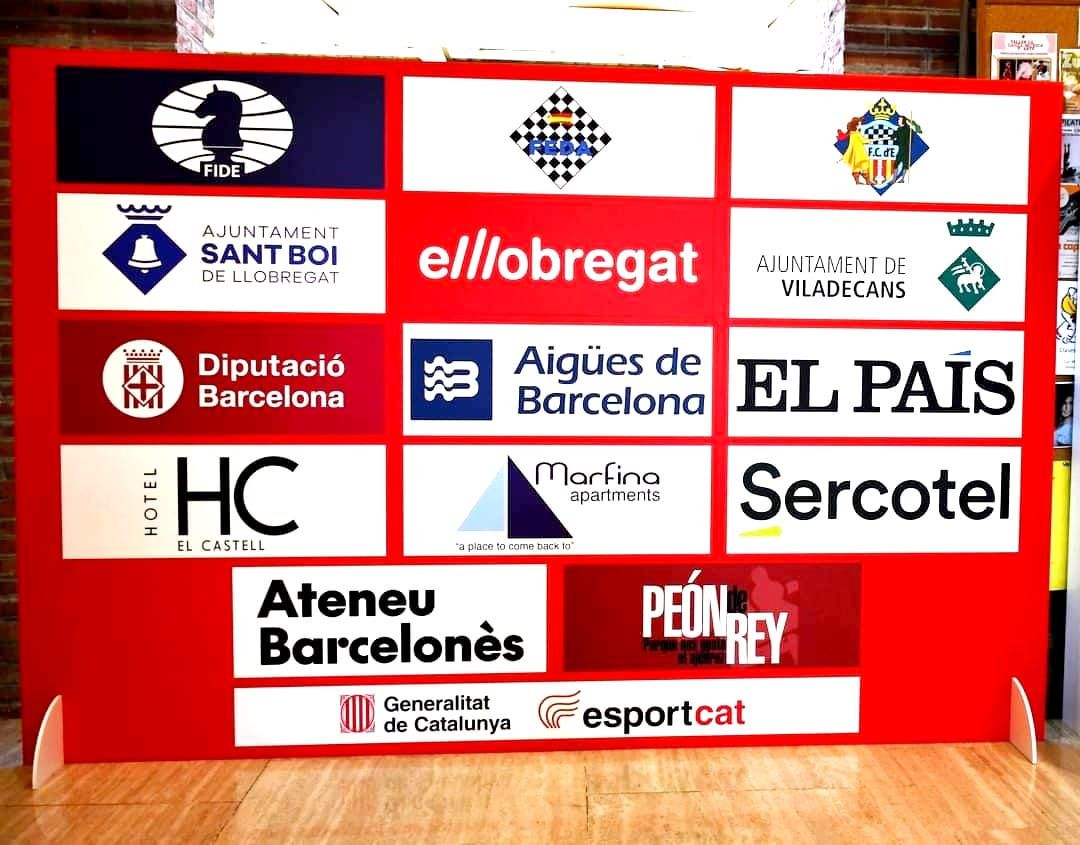
Our kind sponsors show their logos at the Llobregat Open Chess Tournament. Photo: Patricia Claros Aguilar (@Patriciaajedrez).
By Jorge I. Aguadero Casado, editor-in-chief of Peón de Rey.


